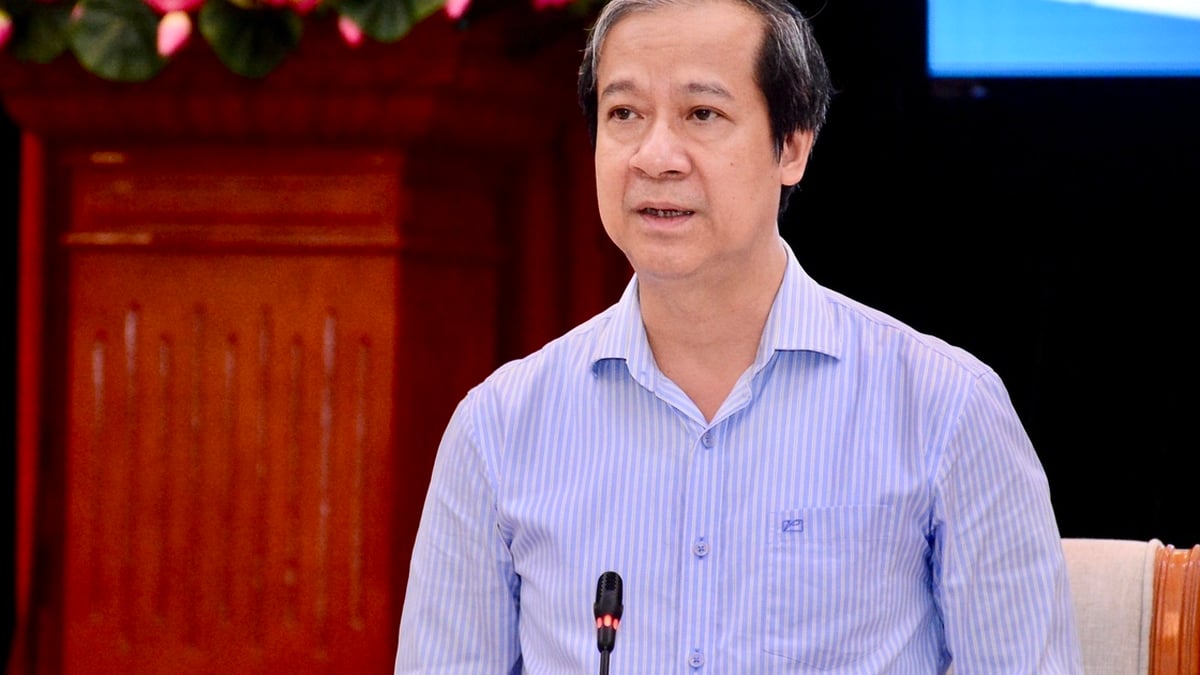
What would Australia be like without the Opera House?
Australia's Sydney Opera House, commonly known by the Vietnamese as the Opera House, celebrated its 50th anniversary on October 20. Designed by Danish architect Jørn Utzon, the building was officially opened on October 20, 1973, 14 years after the project began with Utzon's design - the winner of the 1957 international design competition.
If we were to go into detail about this unique structure, it would be redundant. Just know that this is one of the most iconic architectural works of the 20th century and one of the most famous performing arts venues in the world , attracting millions of visitors every year.
The building is truly an icon. Just hearing about it, people will immediately think of Australia and vice versa. However, does anyone understand how the government and architect had to deal with public opinion to get it?
Back 68 years ago, on September 13, 1955, the Australian Government held an international competition to find a suitable architecture for the theater, which was determined to host world-class musicals. More than 1,000 architects participated in the competition but only 220 works were selected and the final success belonged to Danish architect Jørn Utzon.
Construction began in 1957. The unique and creative idea that helped Utzon win the competition was now a barrier for him. Because putting the design of the giant sandstone sail-shaped roof into practice, how to ensure the harmonious beauty of Circular Quay, while also being suitable for the stage system inside, and the chain of bars and restaurants outside, was unprecedented. The complexity of the structure and new technology made the cost and construction time of the theater seem to be infinite. This made the Australian people angry, and marches against the construction of the theater broke out. People thought that the abstraction in architecture and the complexity in construction were destroying the beauty of Circular Quay as well as being a burden on the country's economy .
Faced with criticism from the people and irreconcilable conflicts with the Government, in 1966, architect Utzon decided to withdraw from the project with a "vow" never to return to the land of the Kangaroo. He left with the full emotions of a betrayed person, turned away by the whole country, which had once honored the architecture that crystallized all the passion and knowledge of the young architect. The continued construction of the Opera House masterpiece was left to Australian architects, who changed most of the interior designs of the theater to speed up the construction process as well as reduce costs. But little did people know that this was the cause of the limitations in terms of sound and interior in the theater that the Australian Government has been trying to overcome to this day. Not only that, from the initial estimate of 15 million USD, the cost skyrocketed to nearly 87 million USD and was delayed for nearly 10 more years.
After 14 years, the Opera House was finally completed. With its soaring design in the shape of a white sail stretching out to sea on a giant red sandstone base, the Opera House is considered one of the architectural pinnacles of the century. Now, any visitor to Sydney who has not admired the majestic, creative beauty of this work of art amidst the vast waves has not been to Australia. Bruce Barnett, a tour guide of the Sydney Opera House, once proudly shared with CNN : “This building is very important and it changed a country. Since the theater was built, Australia suddenly became famous on the world map. The world began to understand that we do not just eat, go to the beach and surf, drink beer - we also have culture.”
And the person who contributed to changing the image of the Kangaroo country was none other than architect Utzon. However, keeping the curse, once gone, there was no return. It was not until 1999 that the Theater apologized to this talented architect, an apology that was too late when he was 81 years old and a few years later he passed away!
The Eiffel Tower in Paris, France, is in a similar situation. When persuading to build a 300m high steel tower in Paris, the author Gustave Eiffel was concerned about the project, affirming that it would attract many tourists and Paris would make a lot of money. However, his passionate words were ignored by public opinion. The project was severely criticized because public opinion believed that the tower was too expensive to build and would destroy the elegant beauty of the city below. However, since its opening, the Eiffel Tower has proven the opposite of the unfounded criticism of public opinion. Not only that, it has become a symbol of Paris and France, attracting nearly 250 million visitors.
More than 10 million visitors to the Sydney Opera House each year bring huge profits to the Australian tourism industry, just as seven million visitors to the Eiffel Tower each year bring huge profits to the French tourism industry. These are also two of the most photographed architectural works in the world. However, to have the sweet fruit like today, there are so many fates, so many worries... Let's ask, if "cutting the plow in the middle of the road", what would Australia be like without the Opera House? Would the image of France fade without the Eiffel Tower?
Building large-scale cultural works and institutions in particular, investing in culture in general, in addition to many other factors, cannot help but mention money, a lot of money! This requires vision and also perseverance and courage. The majority is strength, but not necessarily the truth. There are things that are priceless, eternal, cannot be measured in money and only time can answer right - wrong.
TUNG QUANG
Source


































































































Comment (0)